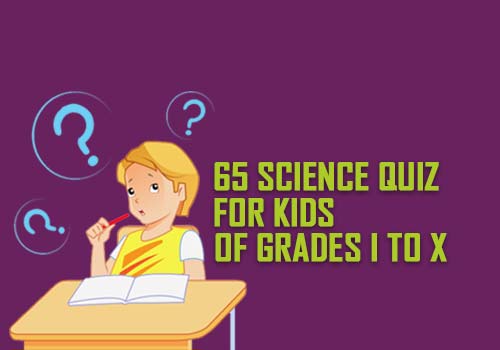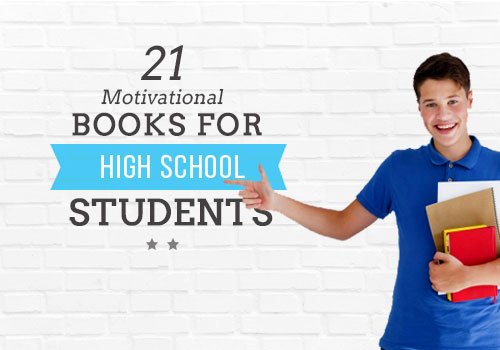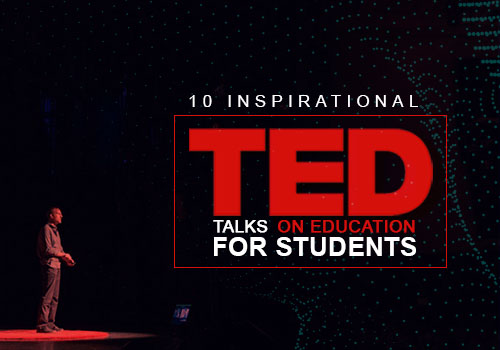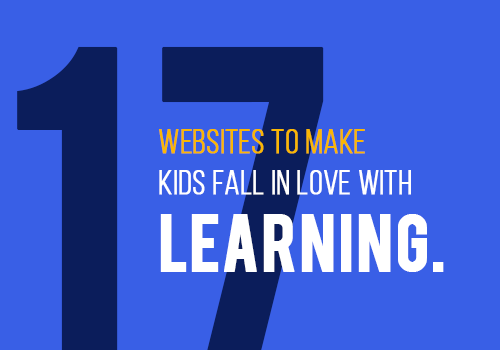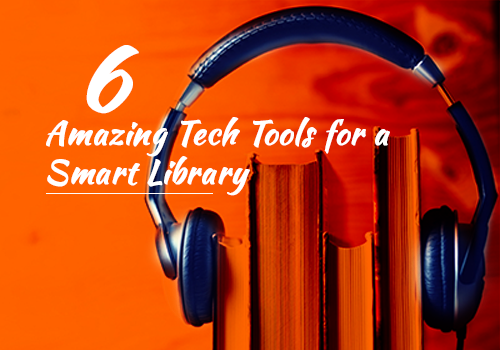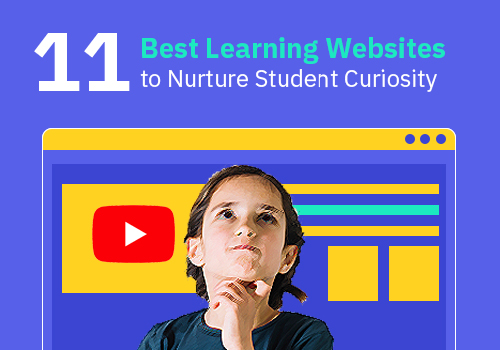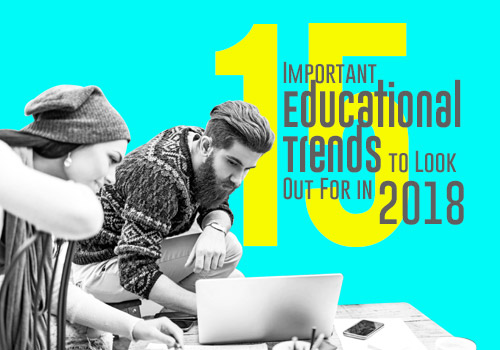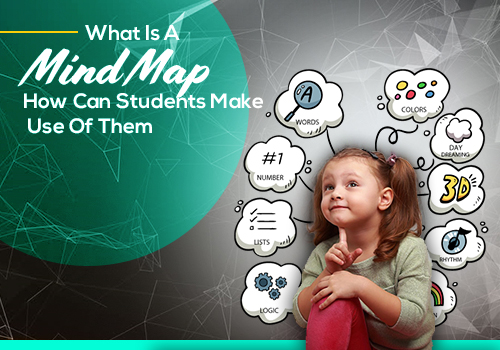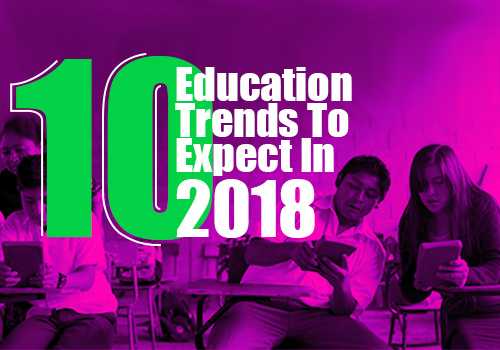The fascination of knowing science is an experience every kid should explore. Science combines everything from animals, plants to space and time.
Best Free Science Apps (Check it Now)
From Grade I to X, kids can gradually improve their knowledge of science using the following quiz questions.
Science quiz questions for students of Grade I
1. What is a male cow called?
a. Dog
b. Ox
c. Monkey
d. Sheep
Answer: Ox
2. Which of the following animal species lay eggs?
a. Cat
b. Dog
c. Sheep
d. Duck
Answer: Duck
3. Which animal bears a fur?
a. Crocodile
b. Hen
c. Cat
d. Tortoise
Answer: Cat
4. What do animals require besides air and food to survive?
a. Water
b. House
c. Fruits
d. Chocolate
Answer: Water
5. A branch of a tree can have green _____.
a. Root
b. Hair
c. Trunk
d. Leaves
Answer: Leaves
6. What is the name of Earth’s natural satellite?
a. Mars
b. Sun
c. Moon
d. Venus
Answer: Moon
7. What do you call the two nose holes?
a. Nostrils
b. Eyelids
c. Hair
d. Nails
Answer: Nostrils
8. Which body part assists in movement?
a. Lungs
b. Eyes
c. Muscles
d. Pancreas
Answer: Muscles
9. Which star is visible during the day and sends light?
a. Venus
b. Moon
c. Sun
d. Mars
Answer: Sun
10. Which of the following organs covers and protects the whole body?
a. Heart
b. Liver
c. Brain
d. Skin
Answer: Skin
11. Feet are the part of legs and ______ are the part of arms.
a. Pelvis
b. Ankles
c. Skull
d. Hands
Answer: Hands
12. The very first operational telephone was invented by?
a. Nikola Tesla
b. Albert Einstein
c. Alexander Graham Bell
d. Thomas Alva Edison
Answer: Alexander Graham Bell
13. Which shape looks round?
a. Circle
b. Rectangle
c. Triangle
d. Square
Answer: Circle
14. With dark clouds, a combination of ____ and lightning is possible.
a. Snow
b. Thunder
c. Wind
d. Sunlight
Answer: Thunder
15. A cow gives birth to a young?
a. Kitten
b. Puppy
c. Baby
d. Calf
Answer: Calf
16. A bird’s body part that assists in flying?
a. Feet
b. Beak
c. Claws
d. Wings
Answer: Wings
17. What do you have in your hands besides four fingers?
a. Ankle
b. Knee
c. Thumb
d. Elbow
Answer: Thumb
Science quiz questions for the students of grade II and III
18. Which plant part takes part in photosynthesis?
a. Leaf
b. Branch
c. Trunk
d. Root
Answer: Leaf
19. What type of animals suckle a young one?
a. Birds
b. Reptiles
c. Mammals
d. Amphibians
Answer: Mammals
20. Which is the largest animal on land?
a. Tiger
b. Lion
c. Rhinoceros
d. Elephant
Answer: Elephant
21. At what temperature water starts boiling?
a. 50 degrees C
b. 25 degrees C
c. 100 degrees C
d. 75 degrees C
Answer: 100 degrees C
22 What is the sign that says a dog is happy?
a. Moving head
b. Twitching ears
c. Wagging tail
d. Closing eyes
Answer: Wagging tail
23. Which organ pumps blood in our body?
a. Kidneys
b. Lungs
c. Brain
d. Heart
Answer: Heart
24. Is frog an amphibian or a reptile?
Answer: Amphibian
25. What are the standard states of matter?
Answer: Solid state, Liquid state and Gas state.
26. The concept of pushing something comes within the application of?
a. Acceleration
b. Force
c. Compression
d. Mass
Answer: Force
27. What will be the resulting state if you boil water?
a. Steam
b. Mist
c. Snow
d. Clouds
Answer: Steam
28. After chewing and swallowing, food goes to which body part?
a. Large intestine
b. Small intestine
c. Liver
d. Stomach
Answer: Stomach
29. The animal group with scales are_____.
a. Amphibians
b. Mammals
c. Reptiles
d. All of the above
Answer: Reptiles
30. Which of the following animal lives most comfortably in the desert?
a. Cheetah
b. Tiger
c. Deer
d. Camel
Answer: Camel
31. Which of the following material provides the maximum level of transparency?
a. Wood
b. Paper
c. Glass
d. Metal
Answer: Glass
32. A young one of a frog is called_____.
a. Puppy
b. Infant
c. Tadpole
d. Calf
Answer: Tadpole
33. What do you call a skeletal system part that safeguards the brain?
a. Thigh
b. Spine
c. Skull
d. Pelvis
Answer: Skull
34. Which plant part contains the pigment called Chlorophyll?
a. Leaf
b. Branch
c. Root
d.Flower
Answer: Leaf
Science quiz questions for students of grade IV to VII
35. Which nutrient is essential to build muscles?
a. Carbohydrate
b. Iron
c. Protein
d. Fat
Answer: Protein
36. What is the name of tissues that attach muscles to our bones?
a. Blood vessels
b. Skin
c. Tendon
d. Fat
Answer: Tendon
37. Which of the following scientists introduced the three laws of motion?
a. Thomas Alva Edison
b. Isaac Newton
c. Stephen Hawking
d. Albert Einstein
Answer: Isaac Newton
38. Which gas assists in the process of photosynthesis?
a. Carbon dioxide
b. Hydrogen
c. Oxygen
d. Carbon monoxide
Answer: Carbon dioxide
39. Which bodily system manages our senses?
a. Digestive system
b. Circulatory system
c. Skeletal system
d. Nervous system
Answer: Nervous system
40. The layers of multiple gases surrounding Earth is collectively called_____?
a. Stratosphere
b. Hydrosphere
c. Ozone layer
d. Atmosphere
Answer: Atmosphere
41. Same kinds of body cells come together to create a______
a. Tissue
b. Organ
c. Joints
d. Blood vessels
Answer: Tissue
42. What is the name of the largest animal on this planet?
a. Elephant
b. Shark
c. Giraffe
d. Blue whale
Answer: Blue whale
43. The strongest dog sense is_____.
a. Hearing
b. Touch
c. Taste
d. Smell
Answer: Smell
44. Which of the following energy types is created due to motion?
a. Electrical energy
b. Potential energy
c. Gravitational energy
d. Kinetic energy
Answer: Kinetic energy
45. The theory of evolution was proposed by______.
a. Stephen Hawking
b. Charles Darwin
c. Alexander Fleming
d. Francesco Redi
Answer: Charles Darwin
46. Which standard unit is used to measure energy?
a. Ampere
b. Newton
c. Joule
d. Watt
Answer: Joule
47. During a circular motion, an object experiences a force away from its centre towards the outside. That force is called____.
a. Circular force
b. Centripetal force
c. Elastic force
d. Centrifugal force
Answer: Centrifugal force
48. What would you call an animal, which eats plants as well as animals?
a. Insectivores
b. Herbivores
c. Omnivores
d. Carnivores
Answer: Omnivores
49. One coiled DNA piece is known as ____.
a. Ribosome
b. Nucleus
c. Chromosome
d. Cytoplasm
Answer: Chromosome
50. Which energy type depletes gradually?
a. Non-renewable energy
b. Kinetic energy
c. Renewable energy
d. Gravitational energy
Answer: Non-renewable energy
51. Which planet is at the closest distance from the sun?
a. Mars
b. Venus
c. Earth
d. Mercury
Answer: Mercury
52. Yeast belongs to which of the following types?
a. Animal
b. Plant
c. Fungus
d. Bacterium
Answer: Fungus
Science quiz questions for students of grade VIII, IX, and X
53. A cell organelle known as cell’s powerhouse is called?
a. Endoplasmic reticulum
b. Cytoplasm
c. Mitochondria
d. Ribosome
Answer: Mitochondria
54. Which of the three laws of motion says that every action has to have an equal and opposite reaction.
a. Second law
b. Third law
c. First law
d. No law
Answer: Third law
55. Which of the following options are closest to a lion?
a. Racoon
b. Dog
c. Leopard
d. Wolf
Answer: Leopard
56. A light ray bends through a prism of glass. This phenomenon is called _____.
a. Refraction
b. Reflection
c. Absorption
d. Diffraction
Answer: Refraction
57. Diabetes is a resulting disease due to problems in _____.
a. Heart
b. Liver
c. Kidneys
d. Pancreas
Answer: Pancreas
58. Newton is the measuring unit of energy or force?
Answer: Force
59. Sweet potato is a modified _____.
a. Root
b. Leaf
c. Branch
d. Stem
Answer: Root
60. Which one does NOT belong to carbon forms?
a. Graphite
b. Diamond
c. Ferrite
d. Amorphous carbon
Answer: Ferrite
61. The movements of _______ cause earthquakes.
Answer: Tectonic plates
62. Which medicine type fights only bacteria and not viruses?
Answer: Antibiotic
63. The lightest periodic table element is _____.
a. Carbon
b. Helium
c. Hydrogen
d. Nitrogen
Answer: Hydrogen
64. A liquid with low pH is called ______
Answer: Acidic
65. Which of the following element groups are most commonly available in our bodies?
a. Phosphorus, nitrogen, calcium
b. Sulfur, sodium, magnesium
c. Oxygen, carbon, hydrogen
d. Copper, zinc, selenium
Answer: Oxygen, carbon, hydrogen
66. What is the brightest planet in the night sky?
a. sirius
b. Earth
c. Venus
d. Moon
Answer: Venus
67. An instrument to measure temperature is?
a. Hydrometer
b. Gyrometer
c. Thermometer
d. Tempometer
Answer: Thermometer
68. Name the largest Moon of Neptune
a. Kerberos
b. Styx
c. Charon
d. Triton
Answer: Triton
Know More: General Knowledge For Kids(105 Q & A)
With these trivia questions, you can encourage kids to develop more interest in learning science. The subject will become convenient and enjoyable for kids. So, make sure you include these questions and organize a quiz for your students or kids.
Check the scores of every child and motivate them to improve their scores. This way, they will become proactive in terms of learning and knowing the world of science.
Answer: Triton
Also Check: All in One Educational Apps Directory List
